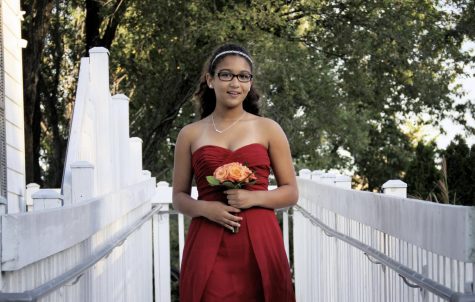Timberland Student Resolutions
January 12, 2022
New Year’s resolutions have been a tradition for centuries throughout many cultures. Brazil, China and Japan also include resolutions in their New Year’s celebrations. Common resolutions revolve around self improvement, such as weight loss or being more family oriented.
“I mean I haven’t made one but maybe to go down a weight class for wrestling,” freshman Aaron Bell said.
Students have a variety of opinions on New Year’s resolutions
“I don’t believe in New Year’s resolutions. I’m always setting resolutions for myself,” senior Lucas Lowry said.
In a survey done by Environmental Research and Public Health, it was discovered that 64% of people abandon their resolutions before the six month mark.
“My resolution is to always try and never give up even when it seems impossible,” senior Shelby Mooney said.
Fifteen percent of students said they do not make resolutions, while 85% answered that they do participate in the tradition in a survey done at THS.
“My resolution is to get good grades in the new semester,” sophomore Charlye Roby said.
Of the 126 THS students and staff polled, 14% had school oriented resolutions. Many students want to improve their grades, turn work in on time or work on their procrastination.
One of the most common resolutions is to exercise more, according to the Environment Research and Public Health survey. It showed that 54% of people had resolutions to exercise more and lose weight. Thirty three percent of students also had resolutions that involved health and exercise.
“I want to spend more time with my family,” freshman Olivia Guinn said.
The first New Year’s resolutions can be traced back 4,000 years. Although New Year’s resolutions are a tradition most common in the western world, New Year’s is celebrated internationally.



